Fun with Fourier Transforms: How Convulution Broadens Functions
Dr. Matthew Linford and Team
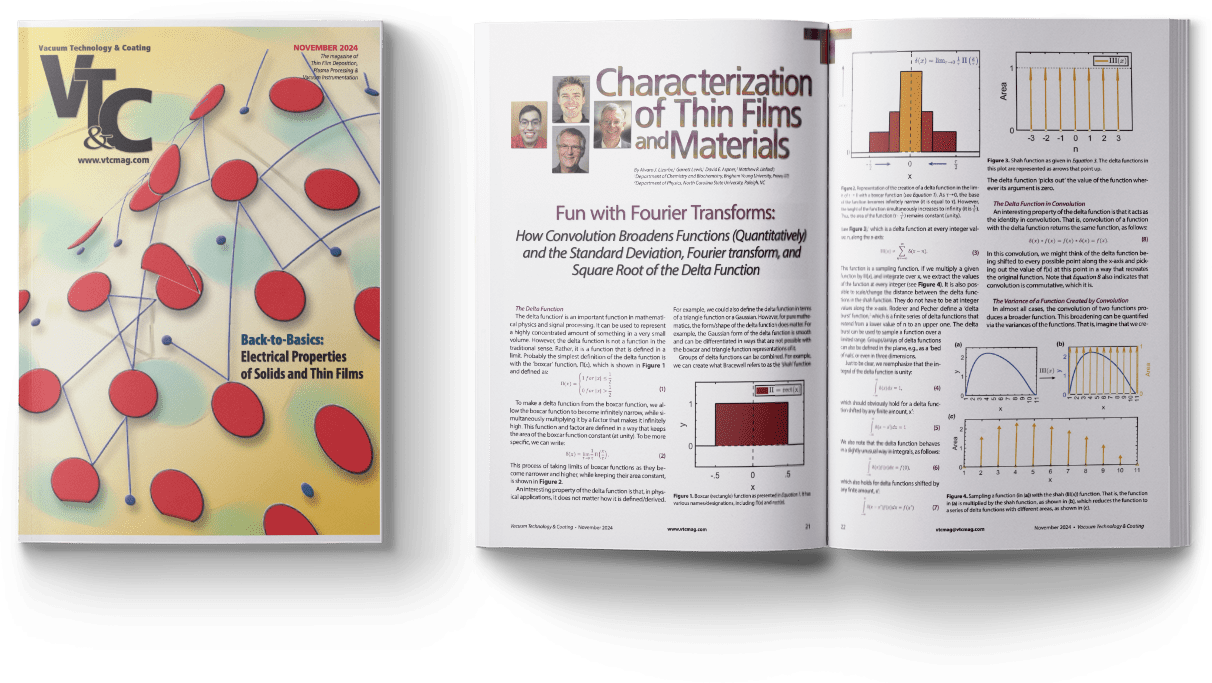
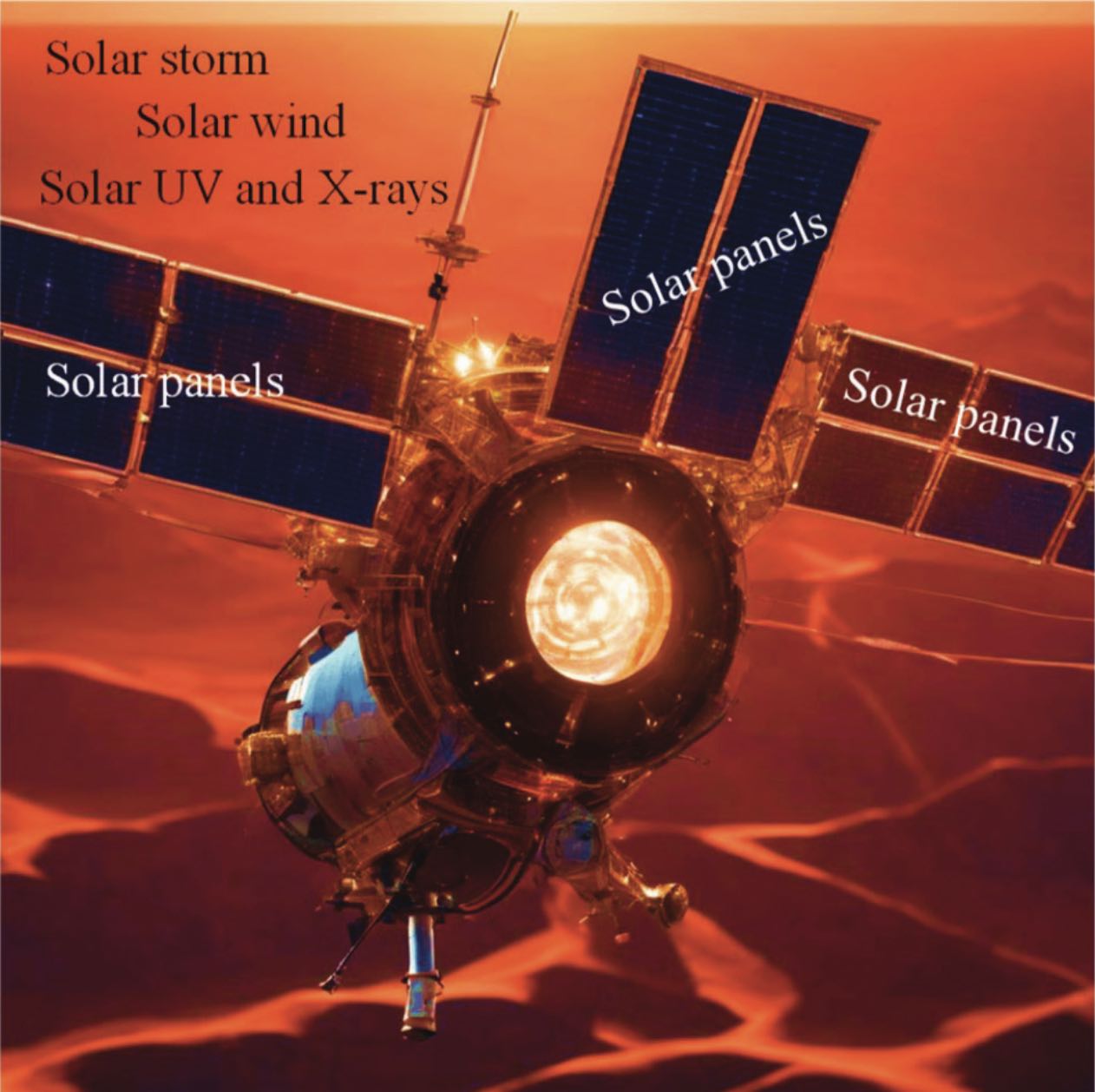
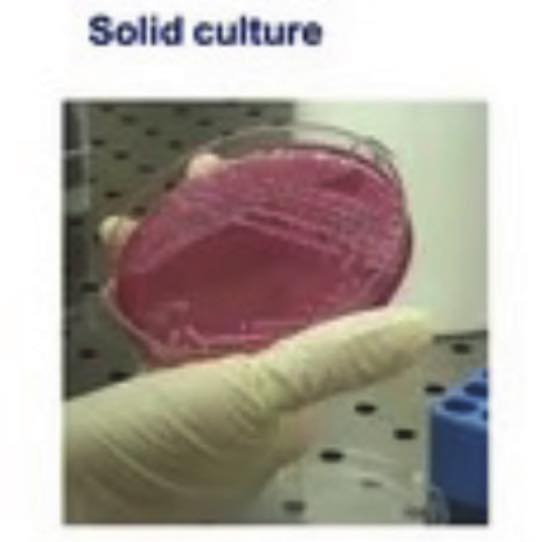
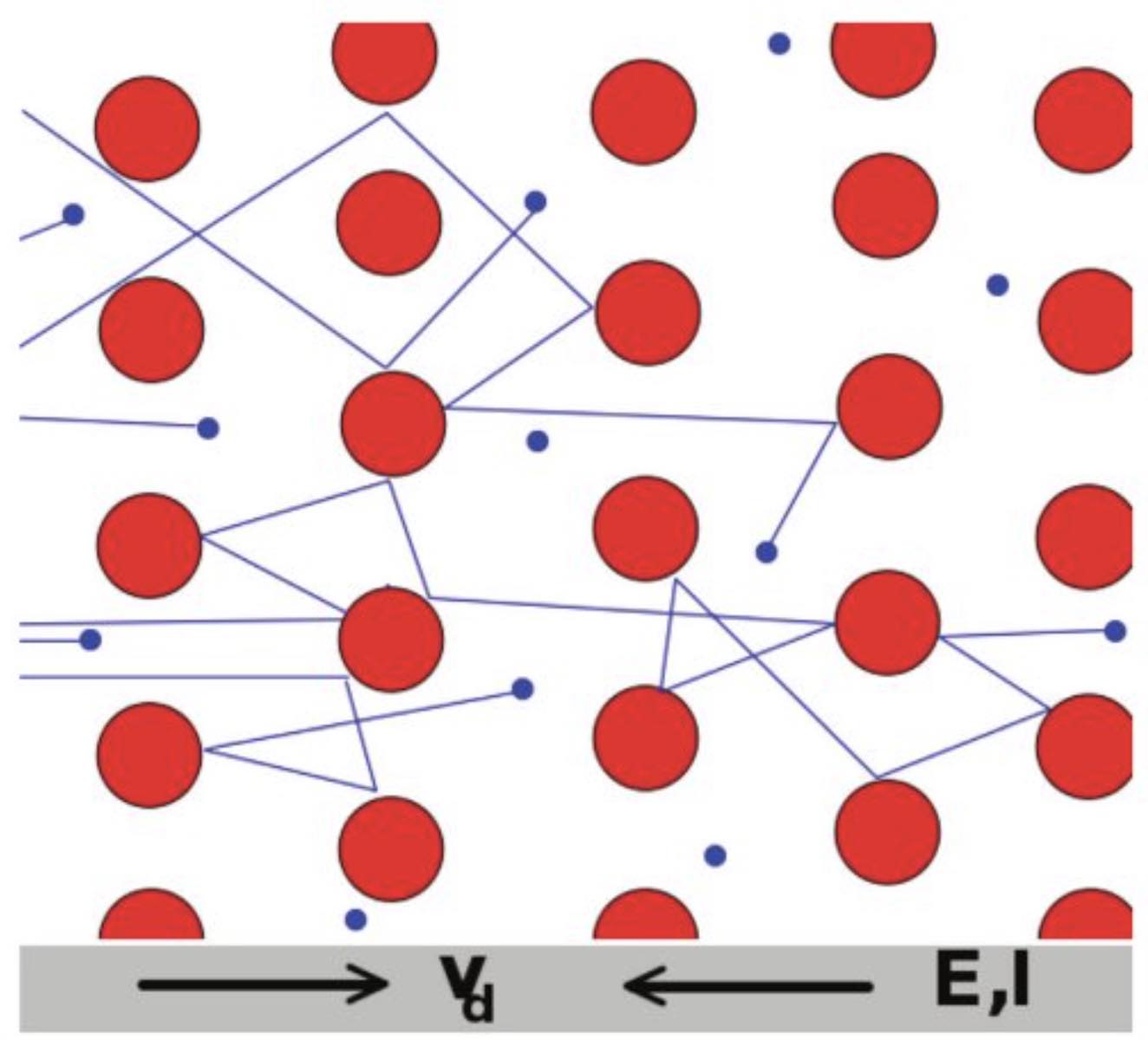
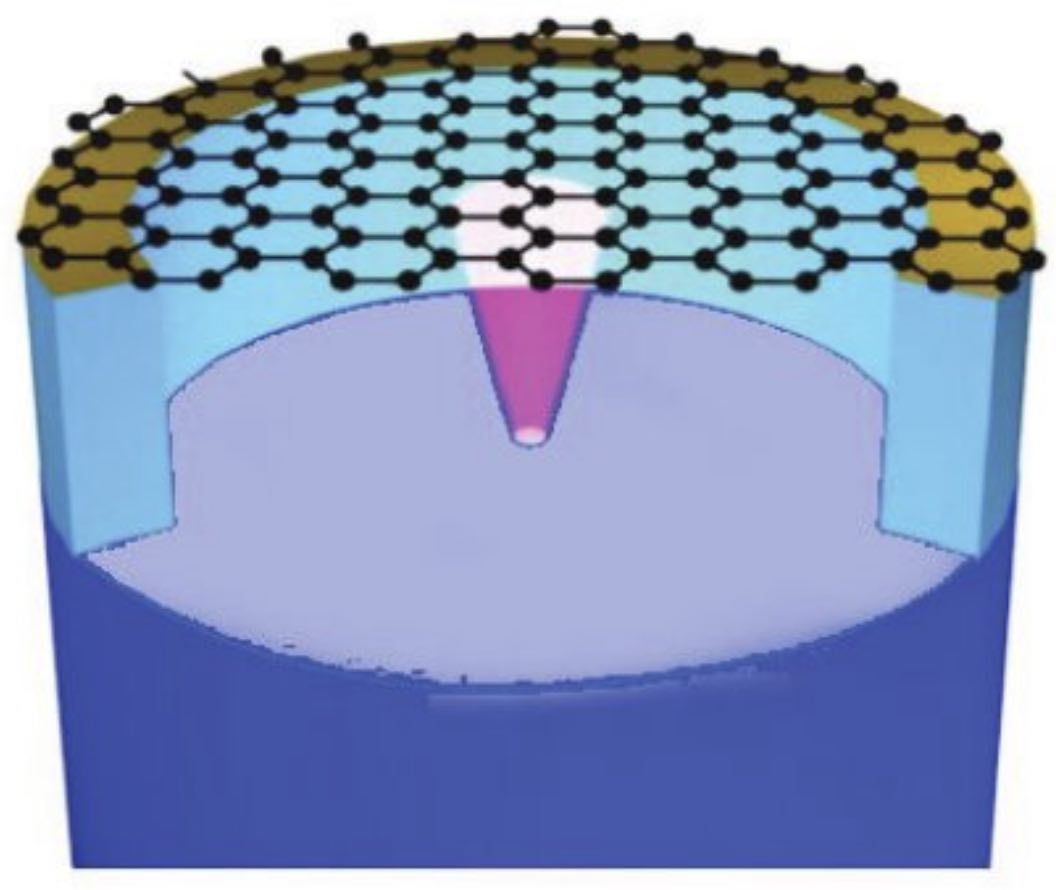
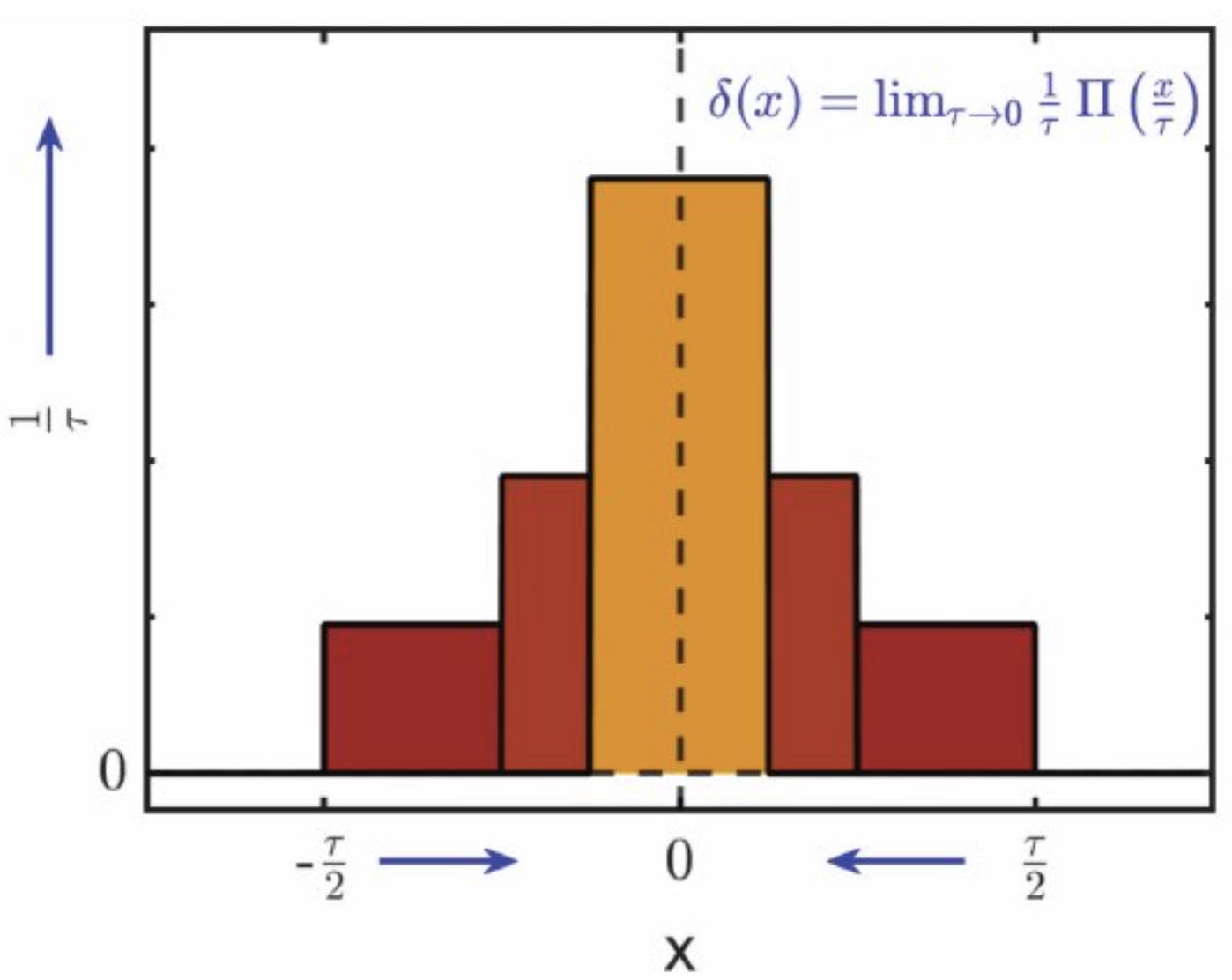
INTELLIVATION LLC is thrilled to announce the addition of Dr. Robert Malay to our team as the new Application Lab Director. The Application Lab includes two R2R Vacuum Coating systems and our Laser system for patterning and annealing thin film coatings. (more)
Redwood City, CA. – For immediate release – XEI Scientific Inc. Receives US Patent 10,486,236 for a Plasma Device with an External RF Hollow Cathode for Plasma Cleaning of High Vacuum Systems used in Evactron® E-50 model and U50 model plasma cleaners. (more)
Intellivation LLC is honored to have been awarded the Technology of the Year Award from the Association of Roll-To-Roll Convertors (ARC) for our unique and innovative solution to measure Mid-IR Reflectance In-Situ with Spectrometry in our R2R Vacuum Sputter Coaters (more)
The Busch Group is proud to announce the launch of its new website, which serves as a comprehensive digital platform reflecting the unified identity and collaborative spirit of its three members Busch Vacuum Solutions, Pfeiffer Vacuum+Fab Solutions, and centrotherm clean solutions (more
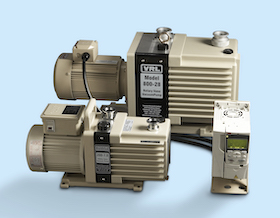
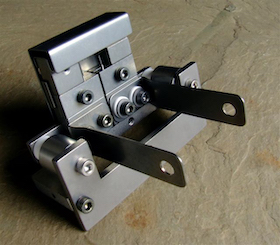
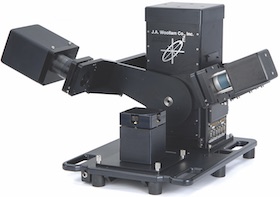
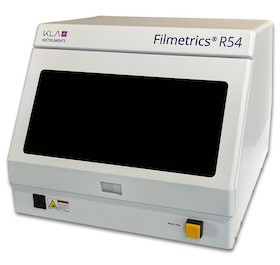
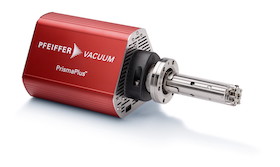
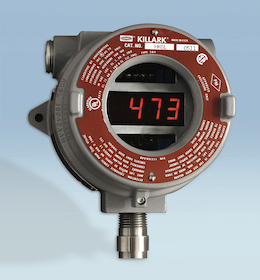

Since 2000 Vacuum Technology & Coating Magazine has been the industry's leading source for the latest articles, news, and product and service information. Below we describe some of the terms that you will find in a typical issue of VT&C.
Vacuum Coating (Vacuum Deposition and Thin Film Deposition) is the process of depositing a film or other material atom by atom or molecule by molecule onto a surface in a low pressure environment or vacuum.
Physical Vapor Deposition or PVD refers to vacuum deposition methods which involve the material (which is being deposited) going from a condensed phase to a vapor phase and then to a thin film condensed phase. Sputtering and evaporation are common PVD processes.
Sputtering refers to a type of process used to deposit thin films and employs a plasma to bombard and eject atoms from a target source.
Evaporation refers to the heated source material being evaporated in a vacuum. Vacuum allows vapor particles to travel directly to the target object, where they condense back to a solid state. (called a Deposition Source) refers to a type of process used to deposit thin films and employs a plasma to bombard and eject atoms from the target source (called a Deposition Source).
Vacuum Hardware refers to the types of hardware and components that are used in the vacuum process. There are many types of hardware used in this process, some examples are flanges, fittings, seals, valves, and chambers.
Thin Film Metrology involves determining the optimal thickness, composition and/or condition of a coating through various techniques and mathematical calculations.
Gas Analytical Systems are used in the analysis of residual gases within a low pressure environment or vacuum.
Vacuum Pumps are devices that remove gas atoms and molecules for the purpose of leaving behind a partial vacuum. Some examples of types of vacuum pumps are rotary vane pumps, diaphragm pumps, and scroll pumps.
Every issue of VT&C includes a product showcase focused on a specific topic relevant to Vacuum Processing, please see our editorial calendar which lists the topic for each issue.